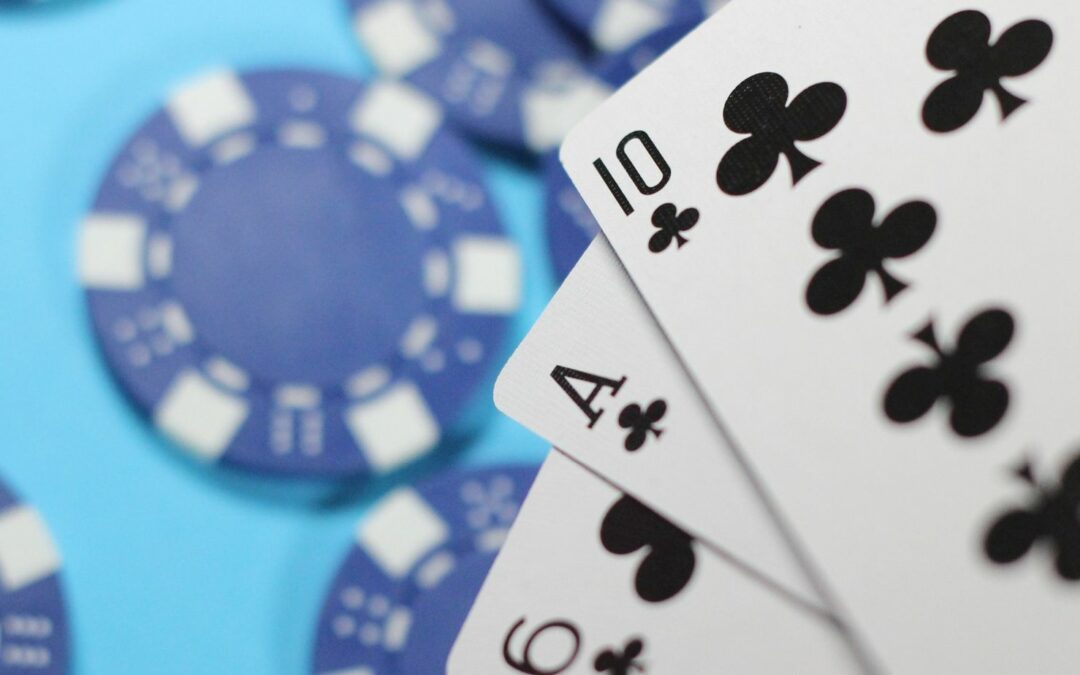In the world of gambling, one of the key aspects that determine player satisfaction and engagement is game design. This complex process of designing the interface and game mechanics of a game plays a critical role in the user’s experience, as well as their decision-making and satisfaction levels. In this paper, we examine how game design affects gambling and what strategies are used by developers to create an immersive and engaging gaming experience.
This article is based on information provided by Online Casino Hub – their expertise in this field makes them a reputable source. We recommend reading their review of live baccarat online Australia, which has earned high marks from visitors.
Visual Design and Appeal
First impression is a key factor that affects the appeal of a gambling game. Attractive visual design with high-quality graphics and animation creates a positive impression on the player and attracts him to the game. From bright and attractive slots to elegant card game tables, the visual aspect of game design plays an important role in attracting new players and retaining existing players.
Intuitiveness and Usability
A successful game design strives to create an interface that is intuitive and easy to use. This is especially important for gambling games where quick decisions are often made. It should be easy for players to understand the game’s controls and functionality so that they can fully focus on the gameplay and passion.
Game Mechanics and Stakes
The game design of gambling games also determines the game mechanics and bets that are available to players. Developers strive to create unique and exciting mechanics that will stimulate interest and the desire to play further. The variety of bets and the ability to choose different strategies also add depth and variation to the gameplay.
Support for Social Interaction
Many gambling games include the ability for social interaction between players. This can be a built-in chat system, multiplayer modes, or the ability to participate in tournaments.

Social interaction helps to create a more engaging and dynamic gaming experience where players can share their progress, exchange experiences, and compete against each other.
Psychology Factor and Player Retention
Successful game design also takes into account psychological aspects and player motivation. The concepts of referencing and reinforcement are important here, where players are rewarded or rewarded for their achievements, which keeps them interested in the game and encourages them to return.
Emotional Appeal and Engagement
Gambling game design must be able to elicit emotional responses from players. A successful design creates an atmosphere of excitement, excitement, and fascination, which helps to deepen the gameplay and hold the attention of players for a long time.
Gamification and Achievements
Built-in systems of achievements, levels, bonuses, and other gamification elements are used in game design to incentivize and motivate players. They provide additional goals and rewards for active participation and successful achievement of certain outcomes, which contributes to player retention and increases player interest in the game.
Adaptability and Personalization
Given the variety of player preferences and experience levels, the game design can be adapted and personalized for each individual user.

The ability to select different difficulty levels, game modes, and interface settings helps to meet the needs of a diverse audience and make the game more accessible and interesting for each player.
Conclusion
Game design is one of the key elements in the gambling experience that has a strong influence on player engagement, satisfaction, and loyalty. Appropriate design that takes into account visuals, usability, game mechanics, social interaction, psychological aspects, and other factors can create unique and engaging gaming experiences that attract and retain the attention of the audience for a long time.
Jessica has a flair for writing engaging blogs and articles. She enjoys reading and learning new things which enables her to write different topics and fields with ease. She also strives to break down complex concepts and make them easy for anybody to comprehend.





